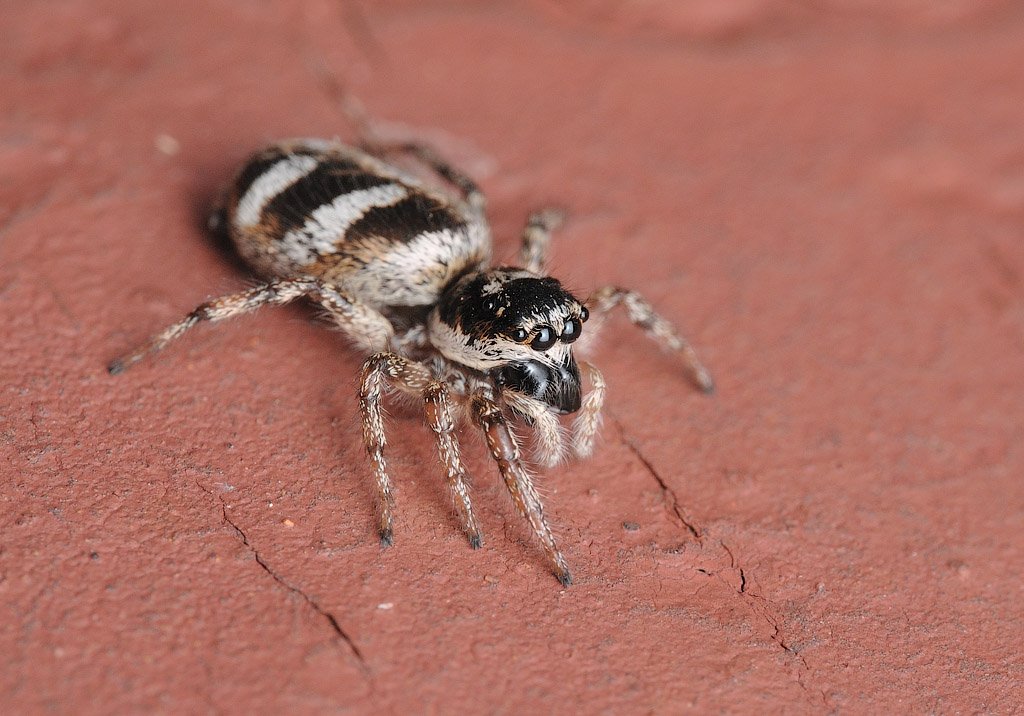When an animal is associated with a zebra, you can rest assured that it’s because they feature the same distinctive black and white stripes on their bodies. This fascinating spider fits this description. Although zebras are often considered to be rather cute animals, these 8-legged creatures are pretty scary. In this article, you’ll discover some of the most interesting facts about Zebra Spiders, a type of spider slow known as the zebra jumping spider.
They were included in the first book that described spiders in 1757
These are pretty common spiders and were first mentioned in 1757 in a book written by the Swedish arachnologist Carl Alexander Clerck (1709-1765). This book titled “Svenska Spindlar / Aranei Suecici” was the first comprehensive book to describe different spider species. Clerck referred to the species in 1757 as “Araneus scenicus.” Carl Linnaeus referred to it a year later in his famous Systema Naturae as Aranea scenica.
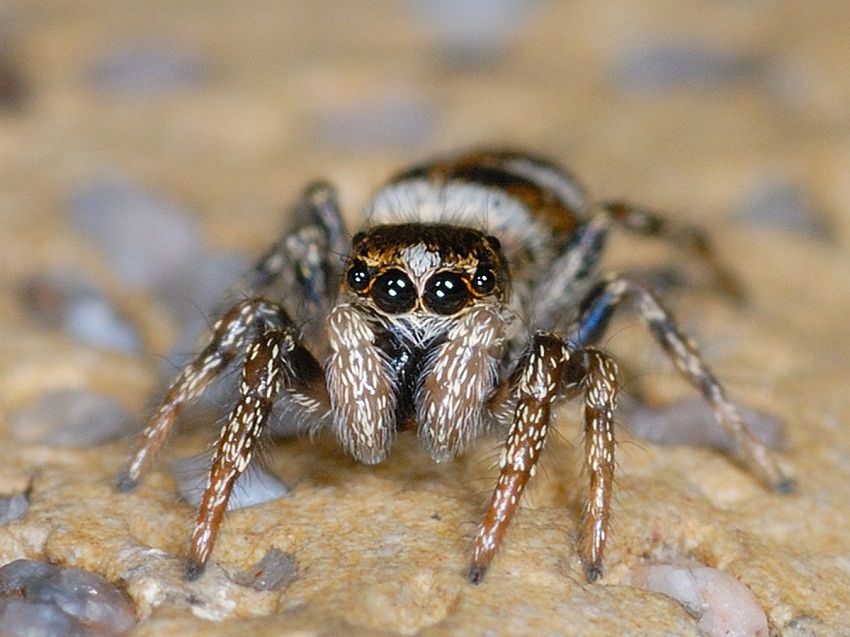
These ambush predators have the hunting behavior of a cat
These spiders don’t spin webs but can be considered to be ambush predators that stalk their prey. When they come close enough, they jump toward their prey. These creatures are the closest to the fictional character Spiderman it gets because they glue silk threads to wherever they stand before jumping.
If they miss their prey, they pull themselves back up using these to try again or walk away. They can also use these threads to lower themselves from an elevated location. The reason why they are referred to as jumping spiders is because of their hunting technique.
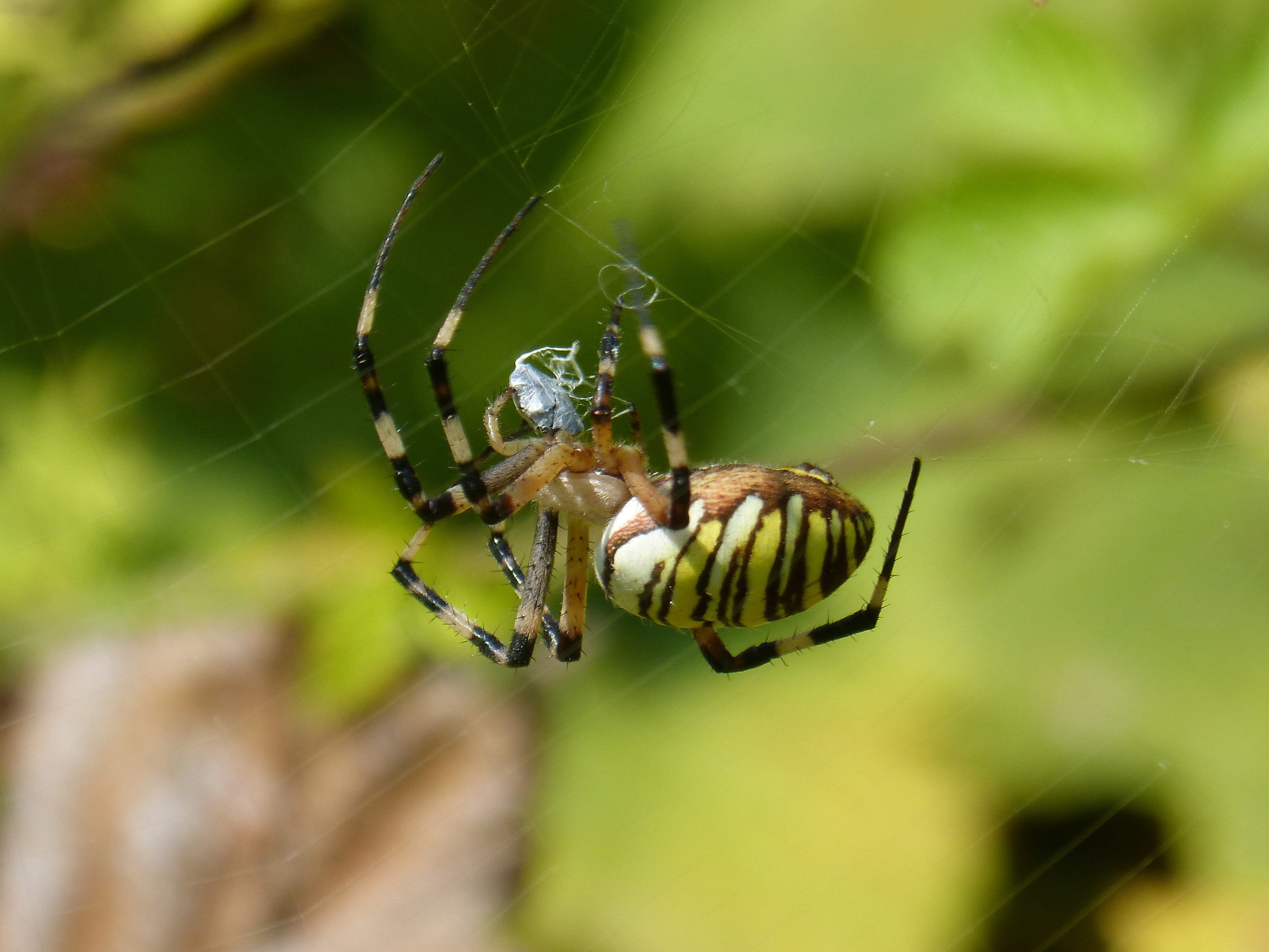
They can be found in most parts of the Northern Hemisphere
One of the main reasons why this spider species was included in the first major book describing these creatures was that it’s one of the most common spiders around. At least, when we talk about the Northern Hemisphere as these spiders can only be found here. They can be found abundantly in all of Europe, North America, and the entire part of North Asia. Yes, these spiders are inhabitants of just about every part of the Holarctic which comprises the entire Northern Hemisphere.
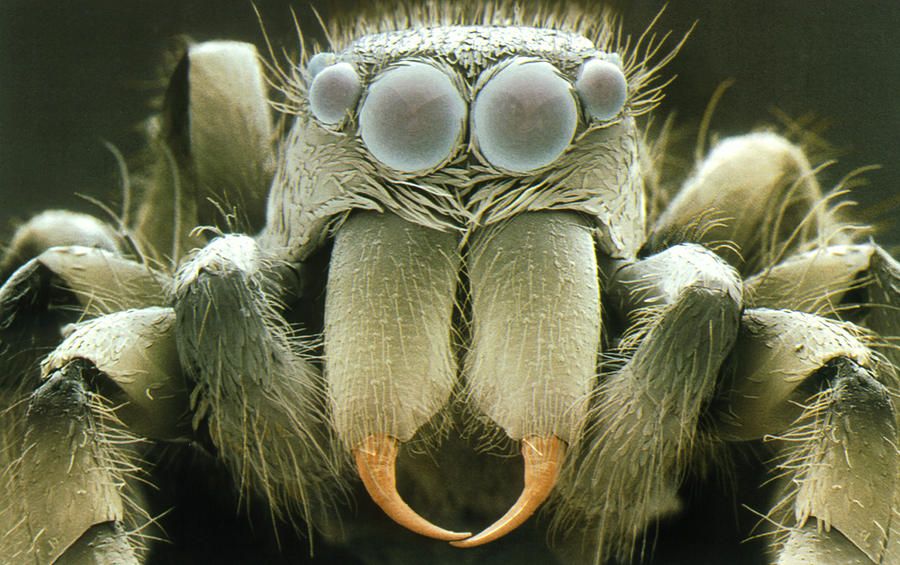
Male zebra spiders must dance to seduce females during mating season
When you happen to come across a male and female zebra spider during the Spring and Sumer months, you might be able to enjoy a fascinating spectacle. Female zebra jumping spiders have high standards because they require the males to perform a remarkable dance before eating. Only when the dance is deemed good enough do they allow the male to make his move. The white stripes on their bodies are important features during this courtship dance as they use them to indicate their interest.
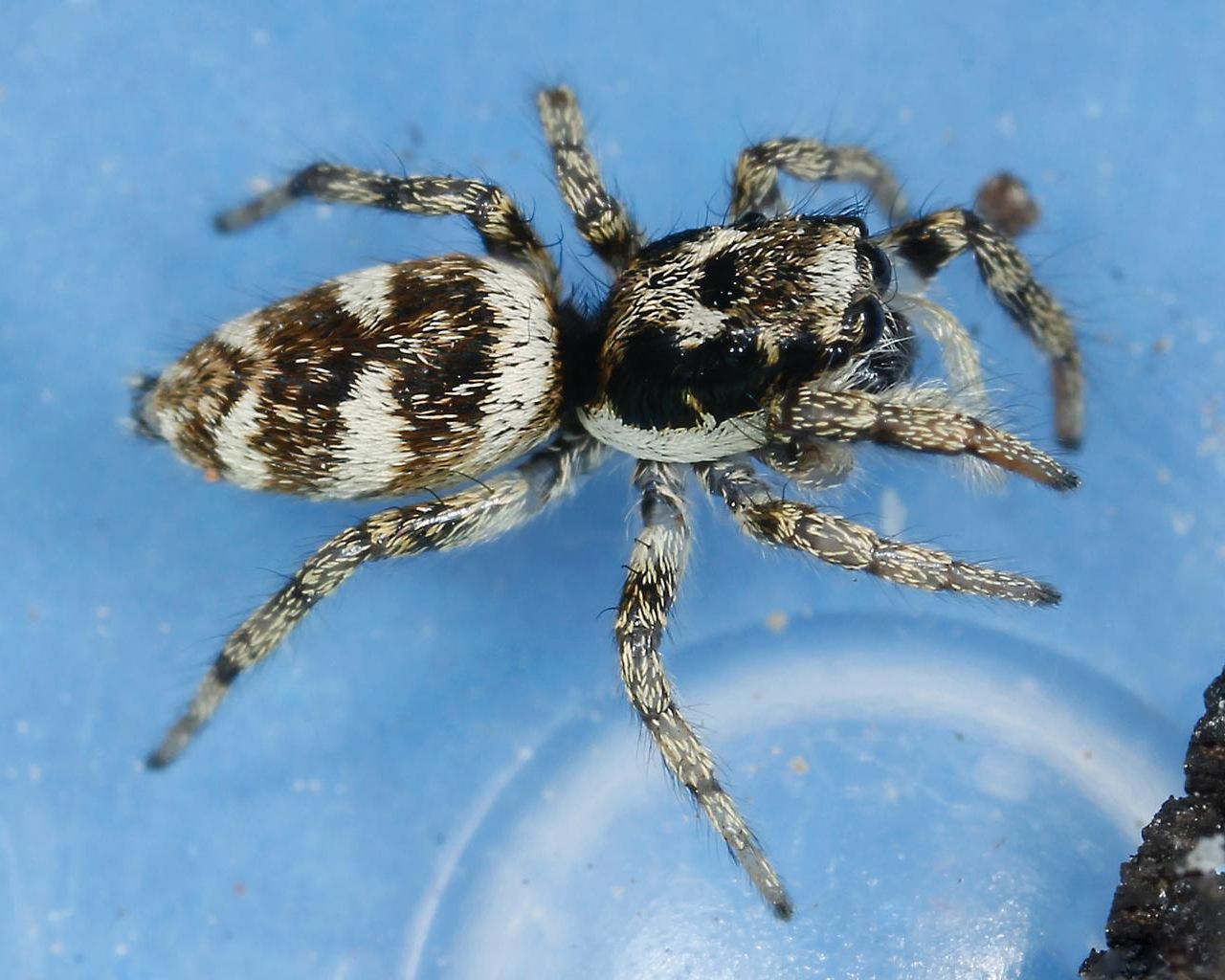
What do zebra jumping spiders eat?
Zebra jumping spiders are predators that actively stalk prey. They commonly hunt smaller creatures but can also devour prey thrice their own size. They stay clear from ants but they will eat just about any other type of creature that’s unfortunate enough to cross their path. Their diet includes:
Smaller spiders
Smaller arthropods
Mosquitos (up to twice their own size)
Small moth species (up to thrice their own size)
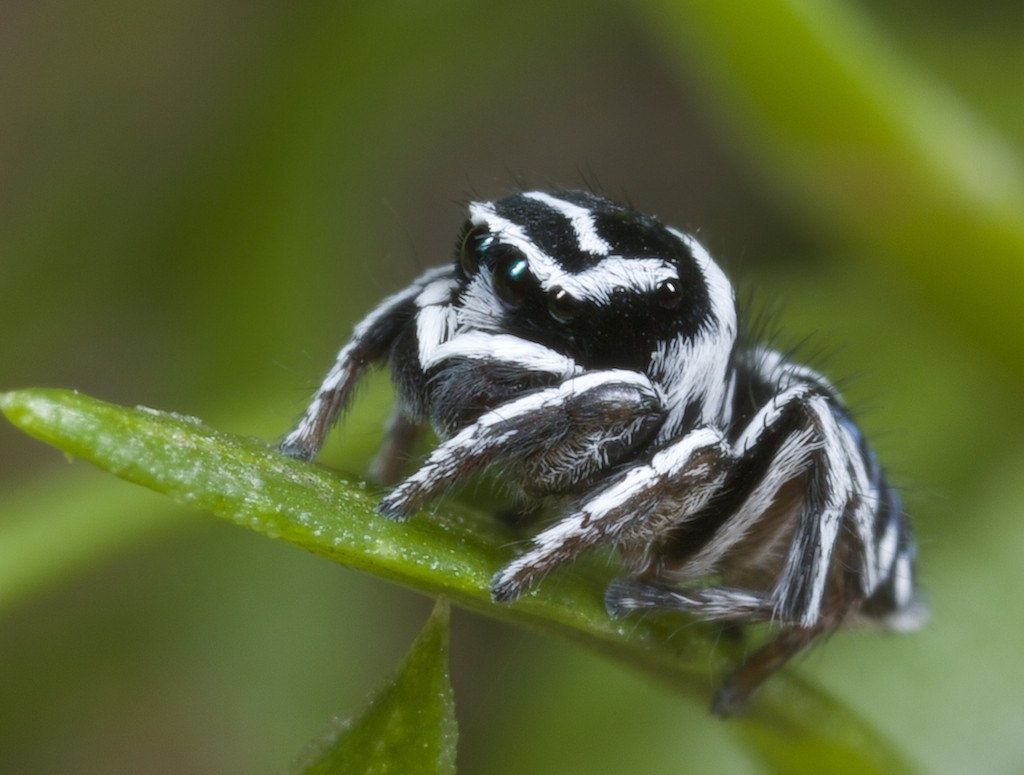
It’s one of the 6,000 species of jumping spiders
The zebra spider or the zebra jumping spider is a species of spider that is part of the family “Salticidae.” There are over 600 different types of genera in this family and a total of over 6,000 spider species. This makes it the largest family of spiders on the planet, comprising about 13% of all species. The white hairs that form stripes on their black bodies are the reason why they are referred to as zebra spiders.
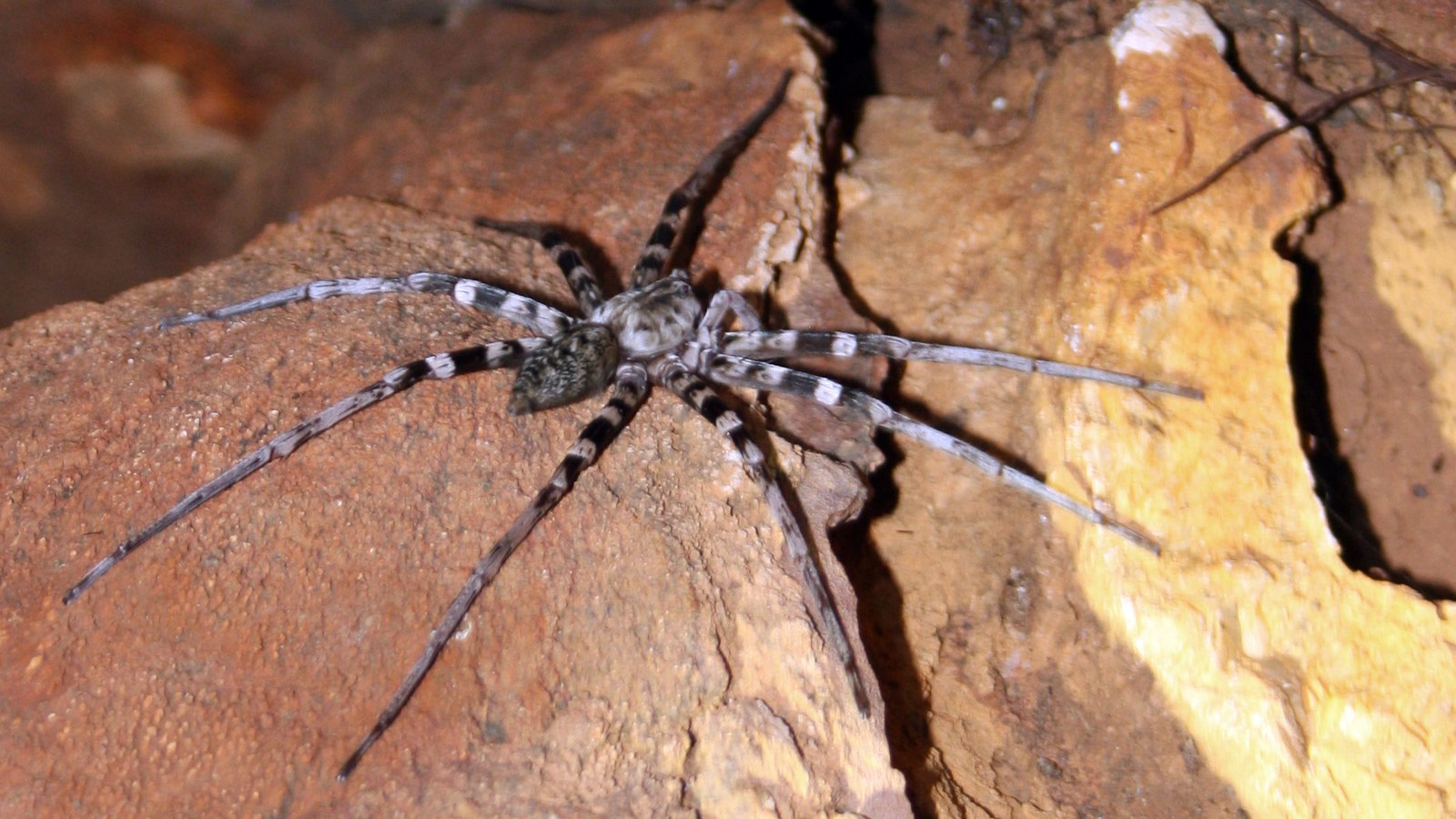
How big are zebra spiders?
If you’re like one of the millions of people around the world who doesn’t enjoy coming across our 8-legged friends, then you don’t have to fear coming across a zebra spider. The main reason is that these are pretty small creatures. Compared to bigger spiders such as the Goliath Birdeater or the Giant Huntsman Spider they are minuscule. Female zebra jumping spiders grow anywhere between 5 to 9 millimeters and males are slightly smaller with a length of between 5 to 6 millimeters.
